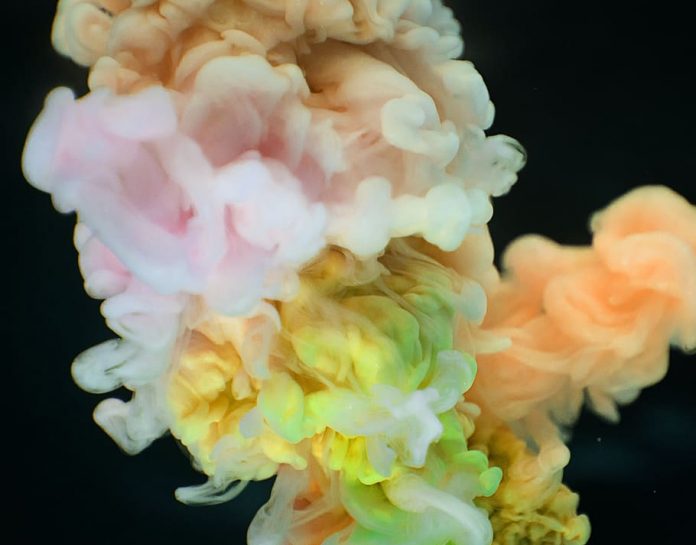The ribbon.source() function in D3.js is used to set the source accessor to the specified function and returns this ribbon generator.
Syntax:
ribbon.source();
Parameters: This function accepts a single parameter as mentioned above and described below
- source: This parameter is the function to set the source accessor.
Return Value: This function returns the ribbon generator.
Below programs illustrate the ribbon.source() function in D3.js
Example 1:
HTML
<!DOCTYPE html> <html> <head> <meta charset="utf-8"> <script src= </script> </head> <body> <center> <h1 style="color:green;">GeeksForGeeks</h1> <h3>D3.js | ribbon.source() Function</h3> <div id="GFG"></div> <script> // Create the svg area var svg = d3.select("#GFG") .append("svg") .attr("width", 300) .attr("height", 300) .append("g") .attr("transform", "translate(150,150)"); // Create input data var data = [[148, 60, 71, 34, 5, 1], [ 10, 80, 80, 12, 34, 53], [175, 16, 68, 0 , 0, 3], [13, 9, 69, 76, 35, 4], [51, 60, 71, 34, 5, 1]]; // Give this matrix to d3.chord() var chords = d3.chord()(data); var ribbon = d3.ribbon().radius(140); // Use of ribbon.source() function ribbon({ source: {startAngle: 0.7524114, endAngle: 1.1212972}, target: {startAngle: 1.8617078, endAngle: 1.9842927} }); svg.datum(chords) .append("g") .selectAll("path") .data(function (d) { return d; }) .enter() .append("path") .attr("d", ribbon) .style("fill", "#4feb34") .style("stroke", "black"); </script> </center> </body> </html> |
Output:
Example 2:
HTML
<!DOCTYPE html> <html> <head> <meta charset="utf-8"> <script src= </script> <script src= </script> </head> <body> <center> <h1 style="color:green;">GeeksForGeeks</h1> <h3>D3.js | ribbon.source() Function</h3> <div id="GFG"></div> <script> // Create the svg area var svg = d3.select("#GFG") .append("svg") .attr("width", 320) .attr("height", 320) .append("g") .attr("transform", "translate(160,160)"); // Create input data var data = [[ 0, 58, 71, 89, 16, 28, 68], [ 19, 51, 0, 20, 60, 61, 71], [ 80, 10, 16, 145, 0, 80, 45], [ 10, 13, 9, 90, 94, 0, 0], [ 80, 10, 16, 145, 0, 80, 45], [ 10, 13, 9, 90, 94, 0, 0]]; // 4 groups, so create a vector of 4 colors var colors = [d3.schemeSet2[0], d3.schemeSet2[1], d3.schemeSet2[2], d3.schemeSet2[3], d3.schemeSet2[4], d3.schemeSet2[5], d3.schemeSet2[6], d3.schemeSet2[7]]; // Give this matrix to d3.chord() var chords = d3.chord() .padAngle(0.175) .sortSubgroups(d3.ascending) (data); var rib = d3.ribbon().radius(150); // Use of ribbon.source() function rib({ source: {startAngle: 0.7, endAngle: 1.2}, target: {startAngle: 1.6, endAngle: 1.9} }); svg.datum(chords) .append("g") .selectAll("path") .data(function (d) { return d; }) .enter() .append("path") .attr("d", rib) .style("fill", function (d) { return (colors[d.source.index]) }) .style("stroke", "black"); </script> </center> </body> </html> |
Output:






